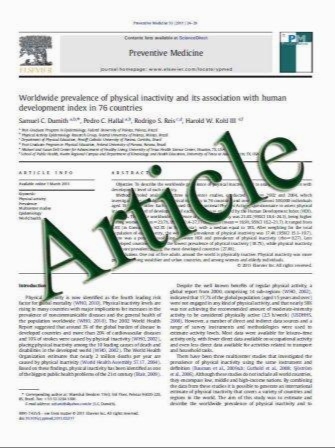The effect of different surface treatments on roughness and bond strength in low fusing ceramics
- نوع فایل : کتاب
- زبان : انگلیسی
- مؤلف : Haluk Baris Kara & A. Nilgun Ozturk & Filiz Aykent & Ozlem Koc & Bora Ozturk
- چاپ و سال / کشور: 2011
Description
The aim of this study was to evaluate the influence of different surface treatments (air abrasion, acid etching, and laser irradiation) on the surface roughness and bond strength of a low fusing ceramic. Thirty-six discs of low fusing ceramic (Finesse, Ceramco) were prepared (10 mm in diameter and 2 mm in thickness) according to the manufacturer’s instructions. Specimens were divided into three groups (n=12), and the following treatments were performed: Air abrasion with alumina particles (50 ىm), acid etching with 5% HF and Nd:YAG laser irradiation (distance: 1 mm, 100 mJ, 20 Hz, 2 W, and 141.54 J/cm2). Following determination of surface roughness (Ra) by profilometry, specimens were examined with scanning electron microscopy (SEM). The luting cement (Clearfil Esthetic Cement) was bonded to the ceramic specimens using Teflon tubes. After 24 h of water storage, shear bond strength test was performed using a universal testing machine at a crosshead speed of 1 mm/min. The data were analyzed with two-way analysis of variance (ANOVA) and Tukey HSD tests (ل=.05). Two-way ANOVA indicated that surface roughness was significantly affected by surface treatments (p<.001). Tukey honestly significant difference (HSD) indicated that the air abrasion group had a significantly higher mean value (p<.05) than the other groups. Shear bond strength was significantly affected by surface treatments (p<.001). Tukey HSD indicated that the air abrasion group had a significantly higher mean value (p<.05) than the other groups. No significant difference was found between the acid-etching and laser-irradiation groups (p>.05). The SEM image of the laser irradiation surface appeared to be relatively smooth as compared to the images of other the groups. Air abrasion of low-fusing porcelain surfaces was effective in improving the bond strength as compared to the acid-etching and laserirradiation methods.
Lasers Med Sci (2011) 26:599–604 DOI 10.1007/s10103-010-0806-9 Received: 25 January 2010 / Accepted: 7 June 2010 / Published online: 29 June 2010


